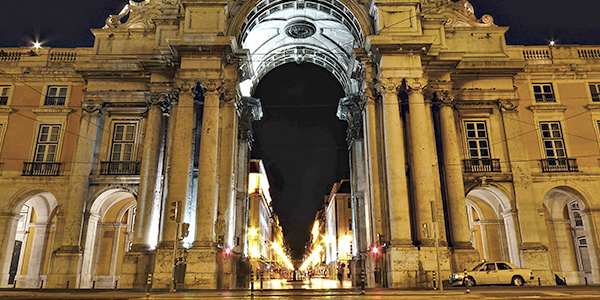
Lisbon, the city of the seven hills, is one of the oldest cities in the world. Julius Caesar made it a municipium called Felicitas Julia, adding to the name Olissipo. Lisbon was called many things over the centuries like Luxbona, Lixbuna or Ulixbone (hence the LX shorthand still used today). The city was ruled by a series of Germanic tribes from the fifth century and it was captured by the Moors in the eighth century. In 1147, the Crusaders under Afonso Henriques reconquered the city for the Christians and since then it has been a major political, economic, and cultural centre of Portugal.
Walking is the best way to wander around in Lisbon, cross its narrow streets, enjoy the views on the top of its hills and mingle with the population. For longer distances, public transportation is fast and cheap. And you can't miss the chance to ride one of the famous yellow trams.
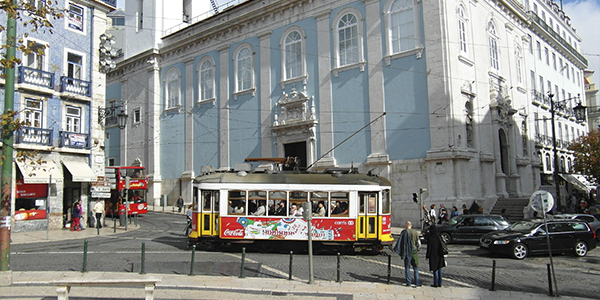
Bairro Alto
The Bairro Alto is one of the most characterful and attractive neighbourhoods in Lisbon. Small restaurants, Fado houses, bars, pubs and Cafés as well as some unusual, expensive design shops and art galleries are all around the narrow streets, lanes and alleys. Bairro Alto is the heart of Lisbon's youth culture and nightlife.
If you like to do some shopping, there are loads of small shops run by artists and designers, offering unique products.
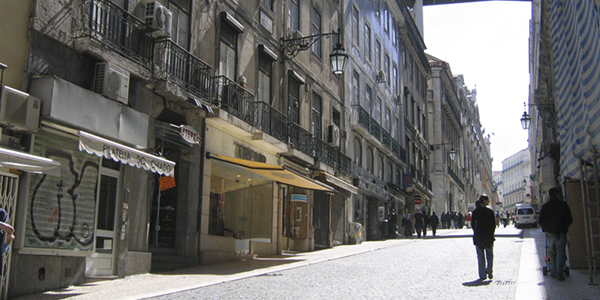
Baixa and Chiado
Chiado is the cultural point of Lisbon and an elegant shopping area with all sorts of facilities and street entertainment. Here you will find theatres,
bookshops, museums, restaurants and famous Portuguese fashion houses.
The Carmo area, next to the Chiado, has some of the most fascinating historical sites in the city, such as the Convent and Church of Carmo, left untouched after the great earthquake of 1755 as a living memory. Carmo is connected to the Baixa Pombalina by the Elevador de Santa Justa, another of Lisbon's icons.
The Baixa is the city's downtown and traditional shopping district. Rua Augusta is the main artery of the Baixa Pombalina leading north from Terreiro do Paço, with its new esplanades, restaurants and nightclubs to the beautiful Praça do Rossio (Praça Dom Pedro V).
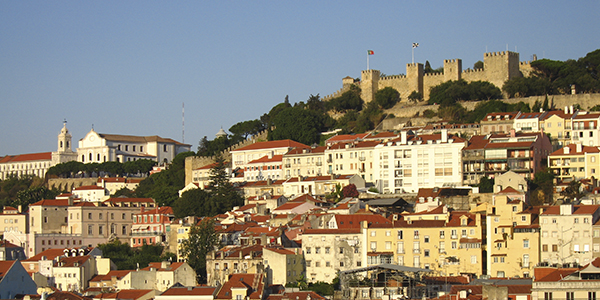
Alfama
Alfama is Lisbon's oldest district, spreading on the slope between the castle and the river. It has many important historical attractions, with many Fado bars and restaurants.
Overlooking Alfama is the mediaeval Castle of São Jorge, offering the best views of the city.
In the slopes of Alfama there several other terraces (miradouros) from which to see the city, such as the Miradouro de Santa Luzia, near the church of the same name and the Miradouro das Portas do Sol.
Among the churches of Alfama are Lisbon's Cathedral - Sé, the oldest of the city, the Convento da Graça, the Monastery of São Vicente de Fora, and the baroque Church of Santa Engrácia, now the National Pantheon.
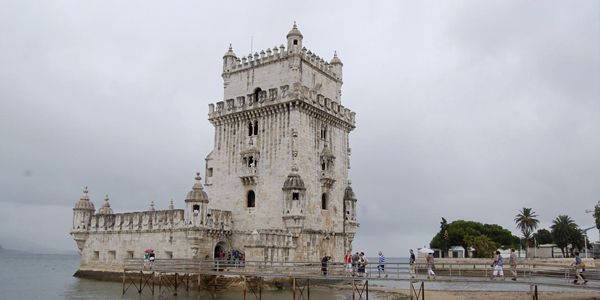
Belém
Belém is famous as the place from which many of the great Portuguese explorers set off on their voyages of discovery. In particular, it is the place from which Vasco da Gama departed for India in 1497.
Belém's most impressive monuments are Torre de Belém and the Mosteiro dos Jerónimos. Located in the wings of the monastery are the National Archaeological Museum and the Maritime Museum.
Belém's most notable modern features are the Padrão dos Descobrimentos and the Centro Cultural de Belém, an Arts complex, containing the Modern Art Museum Colecção Berardo. And you definitely can't miss the 1837's pastry shop, Antiga Confeitaria de Belém, where you can try the world famous, delicious custard tarts "Pasteis de Belém".
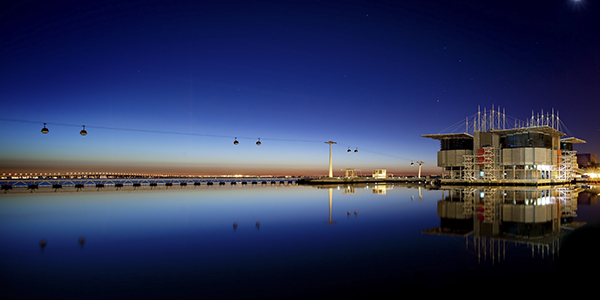
Parque das Nações
Parque das Nações is the area where our Venue is located. It was the site of the 1998 Universal Exhibition, which led to the urban development of this once industrial area. Impressive landmarks in this area are the Oriente Train Station, by Santiago Calatrava, and the Vasco da Gama bridge, the longest bridge in Europe (14km long!).
Places to visit in this area are the Oceanarium, the Casino, the Museu do Conhecimento (Science Museum). For an overview of the area, don't miss a ride on the cable cars. This area os also notable as a birdwatching spot further north, near the mouth of the Trancão River.
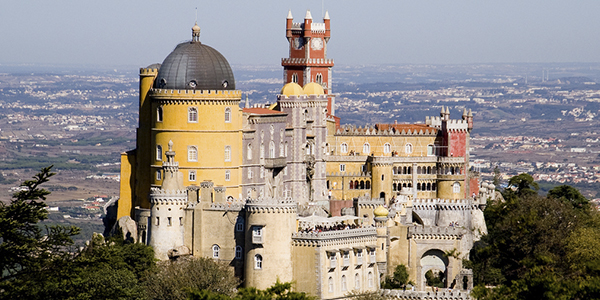
Around Lisbon
A must see in the surrounding area of Lisbon is the village of Sintra, considered one of the most beautiful villages in the world. Its 19th century Romantic architecture is a UNESCO World Heritage Site. The train ride takes about 40 minutes from the Oriente train station right next to the Venue.
Sintra's main attractions include the fairytale Palacio da Pena and the Castle of the Moors, with a breathtaking view of the Sintra-Cascais Natural Park, the National Palace and the Quinta da Regaleira. Another beautiful sight is the former fishing village Cascais, nowadays a popular vacation spot. Cascais can be reached by train from Cais do Sodré Station. You can visit the ruins of the Castle, the Sea Museum, as well as parks and the charming cobbled streets of the historic centre. Cascais is surrounded by popular beaches too, if you want to enjoy the sun.

 Lisbon, the city of the seven hills, is one of the oldest cities in the world. Julius Caesar made it a municipium called Felicitas Julia, adding to the name Olissipo. Lisbon was called many things over the centuries like Luxbona, Lixbuna or Ulixbone (hence the LX shorthand still used today). The city was ruled by a series of Germanic tribes from the fifth century and it was captured by the Moors in the eighth century. In 1147, the Crusaders under Afonso Henriques reconquered the city for the Christians and since then it has been a major political, economic, and cultural centre of Portugal.
Lisbon, the city of the seven hills, is one of the oldest cities in the world. Julius Caesar made it a municipium called Felicitas Julia, adding to the name Olissipo. Lisbon was called many things over the centuries like Luxbona, Lixbuna or Ulixbone (hence the LX shorthand still used today). The city was ruled by a series of Germanic tribes from the fifth century and it was captured by the Moors in the eighth century. In 1147, the Crusaders under Afonso Henriques reconquered the city for the Christians and since then it has been a major political, economic, and cultural centre of Portugal.




